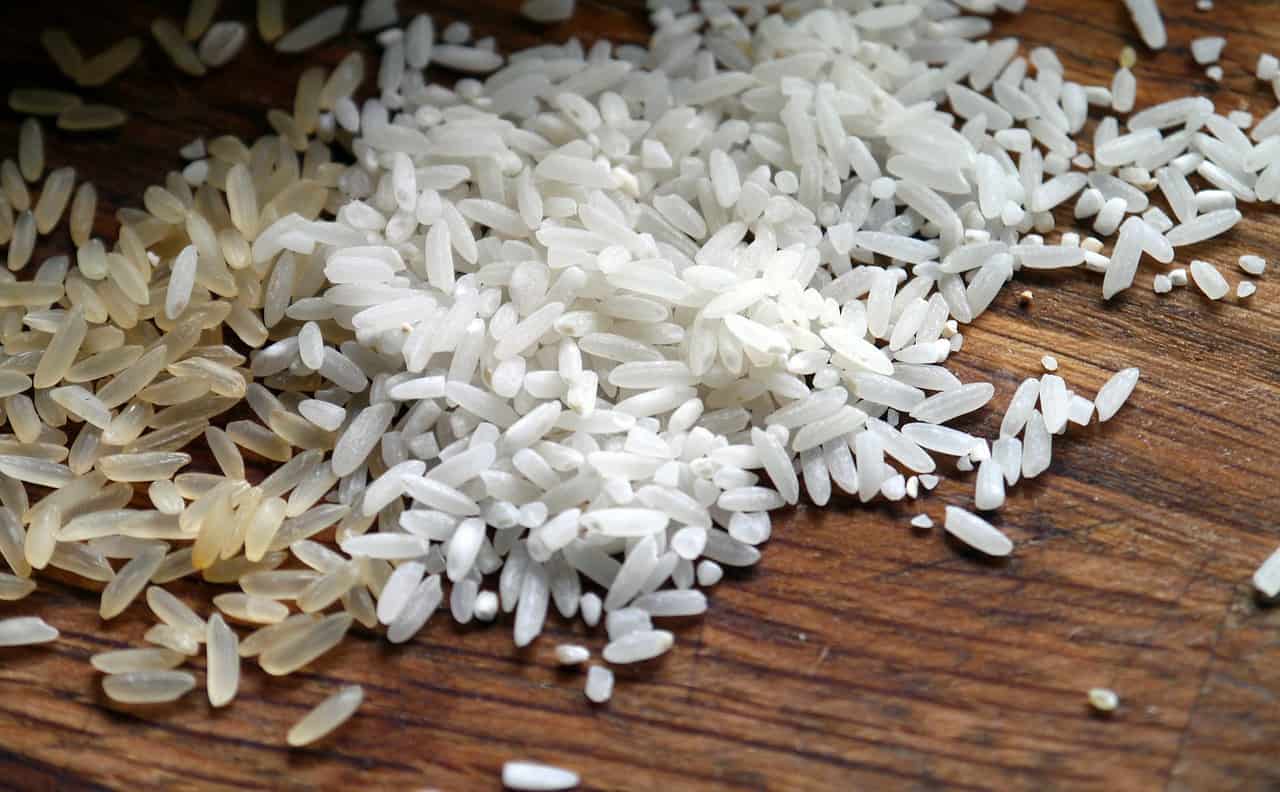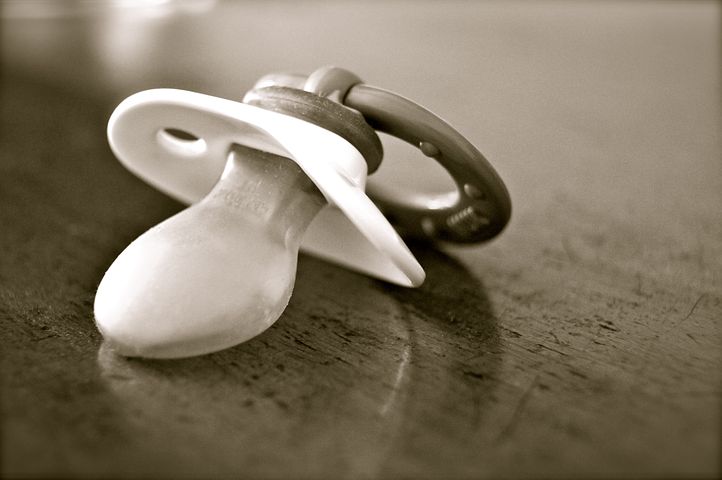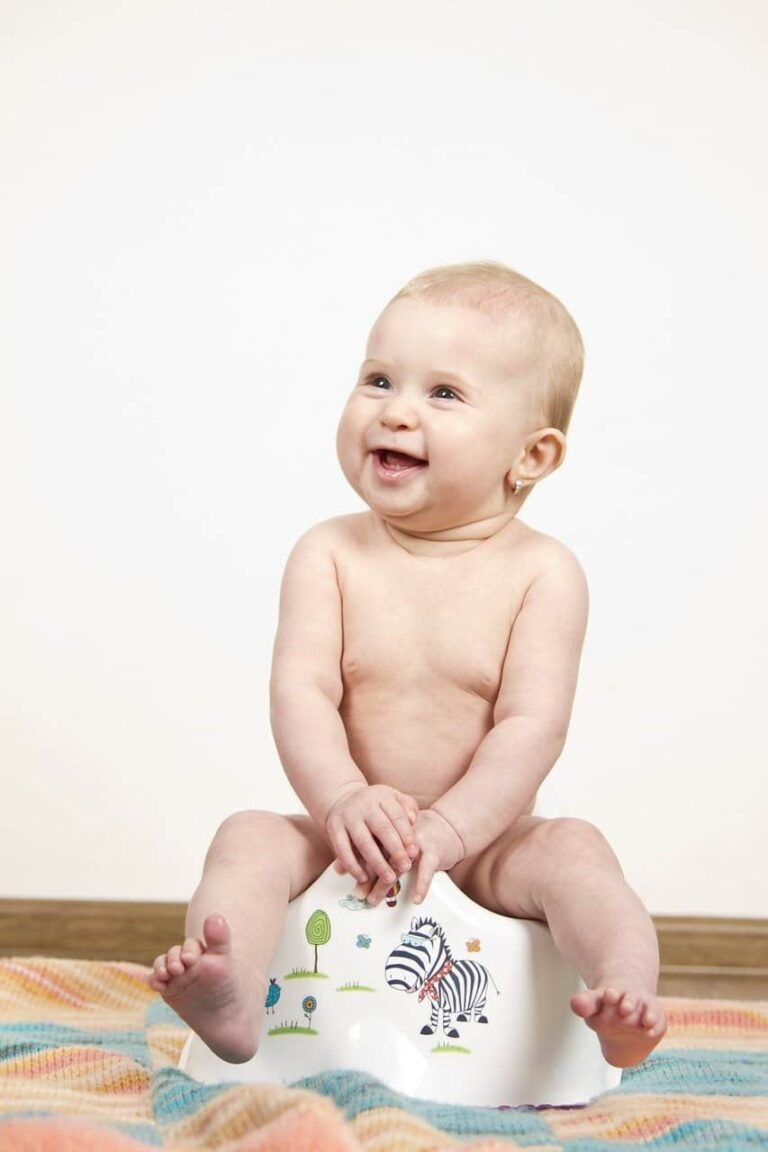When Can Babies Eat Rice and is it Safe? Health Benefits, Risks, and Alternatives
Rice is a staple food in plenty of countries. An estimated one-third of the world’s population eats rice. You’ll mostly find rice in cuisines from Asia and the Middle East.
Rice is a starchy cereal that can be cooked and eaten as is. It’s also used to make noodles, soups, and even alcoholic beverages. There is a variety of rice, but the most common you’ll find are white and brown rice.
The most basic way to prepare rice is to boil it in a pot of water. Cooked rice can be turned into other dishes like fried rice. Rice can also be used in baked goods.
Because of its soft texture and mild flavor, rice sounds like the perfect food for babies. And for some time, it was. But the tides are shifting, and more studies are coming out about the risk of feeding rice to children.
So is rice the perfect starter meal for kids? Or is it something that must be shelved away?
When Can Babies Eat Rice?
Rice can be safely introduced when your baby can eat solid food. This is usually when your baby turns 6 months or older.
Plenty of baby-friendly cereals on the market is rice-based. This is because rice is easy to puree, has a mild flavor, and is easy to digest. If you don’t fancy storebought food, you can make mushy rice at home.
A common question parents ask when dealing with food is can this dish be a choking hazard. Fortunately, rice is not a choking hazard. It’s soft and small enough to be swallowed by babies.
Rice is also not a common allergen. Rice allergies are rare, and the chances of your baby having allergies from it are low.
Is Rice Healthy and Safe for Babies?
Let’s first talk about nutritional value. Rice is a good source of carbohydrates, which can definitely make a person feel full and energized. Brown rice, in particular, has nutrients like fiber, vitamin B, iron, copper, magnesium, and phosphorus.
Sounds good, right? Rice does sound like a good carbs side-dish to feed your little one. But a lot of researchers have found that rice isn’t the best thing for growing babies.
Go to Google right now and search for ‘rice and babies.’ How many of those search results have words like ‘arsenic’ and ‘heavy metal’ in them? I can bet right now that almost all of them will mention at least one of those two keywords.
All rice, both organic and conventional, has some trace of arsenic in them. According to the American Academy of Pediatric, arsenic is a heavy metal found in soil and water. And arsenic is linked to skin, lung, kidney, and bladder cancer.
On the bright side, some rice varieties have less arsenic in them. White basmati rice from California, India, and Pakistan, and sushi rice from the US have less arsenic than other rice.
You can reduce the arsenic in your rice by soaking it in water or having more water in your cooking ratio. It’s also a good idea to read the label when buying your rice. Be wary of brown rice since it has 80% more inorganic arsenic than white rice.
But the best thing you can do as a parent is to limit rice consumption. Rice can still be a part of your child’s diet. However, it shouldn’t be the only source of carbohydrates that your baby consumes.
Alternatives To Rice
There are other foods that you can feed your bundle of joy that isn’t rice. Rice is nice once in a while, but serving it three times a day is not viable. So instead, we highly recommend serving them other, more nutritious food.
One thing to keep in mind is that babies need a lot of iron. Iron in a baby’s body usually starts to run out as they progressively age. So we made sure to suggest iron-rich food.
The most obvious source of iron is meat products. Red meat, poultry, and eggs are great food for your baby. These food are rich in iron, protein, and other kinds of nutrients.
If you prefer a plant-based diet, you can give them beans, lentils, and pasta. These foods are also rich in iron and are a good source of energy. Plus, they are soft and easy to munch on.
Finally, if you want to give your baby cereal, go for oats, barley, and quinoa. These cereals are high in fiber and low in arsenic. They are also iron-fortified and work great with breast milk or formula.
Overall, there are a lot of foods that can fuel your baby. And most of them are not bland or filled with heavy metal. You can easily rotate these foods and create a menu out of them. Oh, and don’t forget the seasoning!
Conclusion
Rice is a popular side dish that is found in a lot of cultures worldwide. You will most often see rice in Asian culture. However, rice is also popular in countries like the US.
Rice is versatile, easy to cook, and hard to resist. You can turn rice into a variety of food such as noodles or desserts. You will also find rice mixed in other savory dishes like tacos and porridges.
Rice sounds like the perfect meal for babies. It doesn’t have a strong odor or taste, and it’s not a choking hazard. Rice is also a good source of carbs.
However, rice is also rich in heavy metals like arsenic. Arsenic is linked to a lot of harmful side effects and is unsafe in the long run. Research also suggests that brown rice has more arsenic than white rice.
This does not mean that rice is completely off the table. Instead, you can serve other foods to your baby. Whole grains, meat, and beans are some of the best choices for your baby’s first food.
Rice may be a staple food in different countries, but it’s certainly not the number one choice for babies. Luckily, carbs are easy to come by in different foods. Just mix and match what you think is safe and healthy for your kid.










